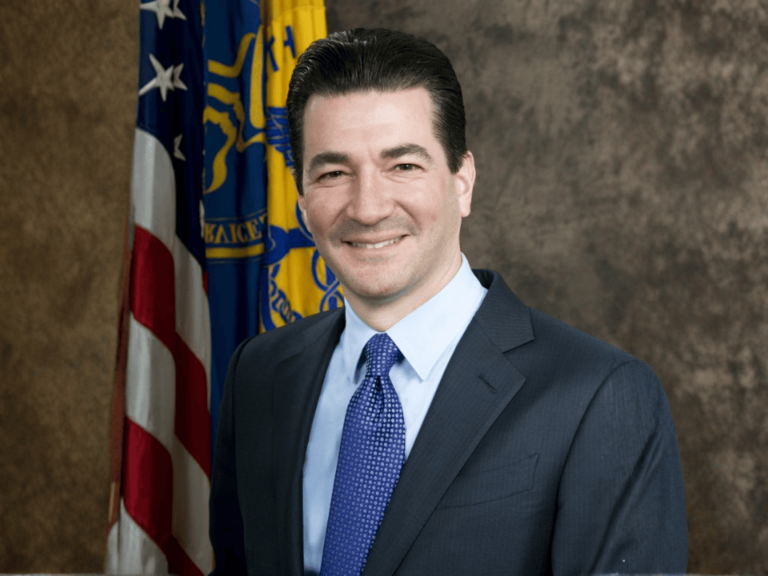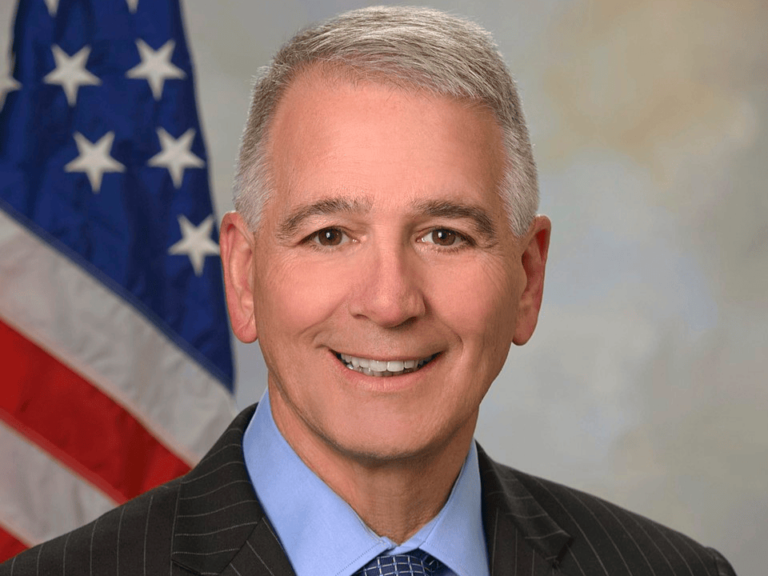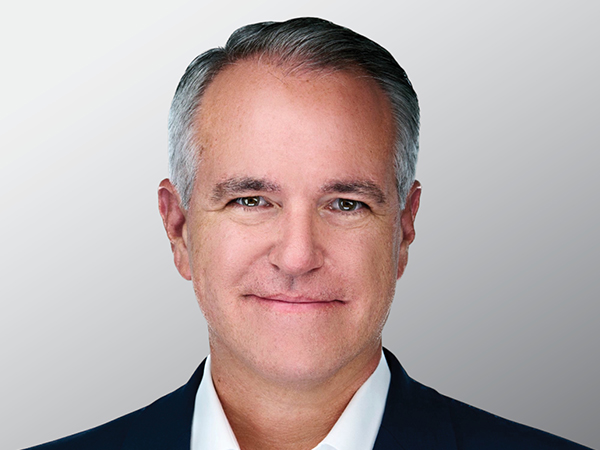Richard Edelson began his career at NCI, where he was training to become a cancer immunologist.


“Just while I was there as a particularly young person starting my career, the entire area of T-cell immunity broke wide open, and it was very natural for me since I was already trained as a dermatologist with a special interest in cancer,” Edelson, Anthony N. Brady Professor of Dermatology at Yale School of Medicine said in a recording of the Yale Cancer Answers podcast.
Edelson spoke with Anees Chagpar, professor of surgery in the Department of Surgery at Yale School of Medicine. They spoke about the development of anti-cancer vaccines, particularly in cutaneous T-cell lymphoma.
“It was very, very simple for me to apply the early T cell biology techniques to looking at malignancies of what turned out to be T cells,” he said.
At NCI, Edelson, along with his mentors, discovered something career-shaping.
“When those T cell malignancies start, they extremely commonly start, clinically, as a rash in the skin, a rash that can be very difficult to distinguish at the outset from non-malignant rashes,” he said. “I became fascinated with why that was.
“What we found very quickly, and essentially shaped my career, was that malignant T cells come, of course, from normal T cells and it is those normal T cells that give rise to this cutaneous T-cell lymphoma that has a tendency to affect the skin, come from a normal T cell discovered because of the malignancy that itself circulates between the skin and the blood,” he said.
- Yale Cancer Answers: Richard Edelson on the development of anti-cancer vaccines
By Yale Cancer Center | Oct. 19, 2023
After graduating from Hamilton College as a chemistry major, Richard Edelson received his MD from the Yale School of Medicine. He then sequentially trained in internal medicine at the University of Chicago, dermatology in the Harvard Program, and cancer immunology at NIH.
Before being recruited back to his alma mater as chairman and professor of the YSM Department of Dermatology in 1986, he was director of the Immunobiology Group in Columbia University’s Comprehensive Cancer Center, associate director of that institution’s General Clinical Research Center, and professor and director of research in Columbia’s Dermatology Department.
While on the Yale faculty, he served continuously as chairman of the Department of Dermatology (1986-2022), and at overlapping times, has also been the director of the Yale University Comprehensive Cancer Center (2003-2009), YSM deputy dean overseeing all clinical departments (2000-2003), Leader of the YSM Cancer Center’s Lymphoma Research Program and the YSM faculty representative to the Yale New Haven Hospital Board of Trustees.
On Oct. 1, 2022, after serving as departmental chairman for 37 years (the longest duration of any Yale University departmental chairman in University history), he resigned the position, while remaining a full-time professor of dermatology.
He was recently announced as the recipient of the first Advanced Research Projects Agency for Health (ARPA-H) grant in the United States, which is an outgrowth of President Biden’s Cancer Moonshot program.
The nearly $25 million award, titled “Curing the Uncurable via RNA Encoded Immunogene Tuning,” aims to train the immune system to better fight cancer and other diseases by educating specific immune cells with mRNA technology. Philip Santangelo, of Emory and Georgia Tech, is the principal investigator, who will provide designer mRNA, and Edelson is a co-principal investigator on the project.
This column features the latest posts to the Cancer History Project by our growing list of contributors.
The Cancer History Project is a free, web-based, collaborative resource intended to mark the 50th anniversary of the National Cancer Act and designed to continue in perpetuity. The objective is to assemble a robust collection of historical documents and make them freely available.
Access to the Cancer History Project is open to the public at CancerHistoryProject.com. You can also follow us on Twitter at @CancerHistProj, or follow our podcast.
Is your institution a contributor to the Cancer History Project? Eligible institutions include cancer centers, advocacy groups, professional societies, pharmaceutical companies, and key organizations in oncology.
To apply to become a contributor, please contact admin@cancerhistoryproject.com.











